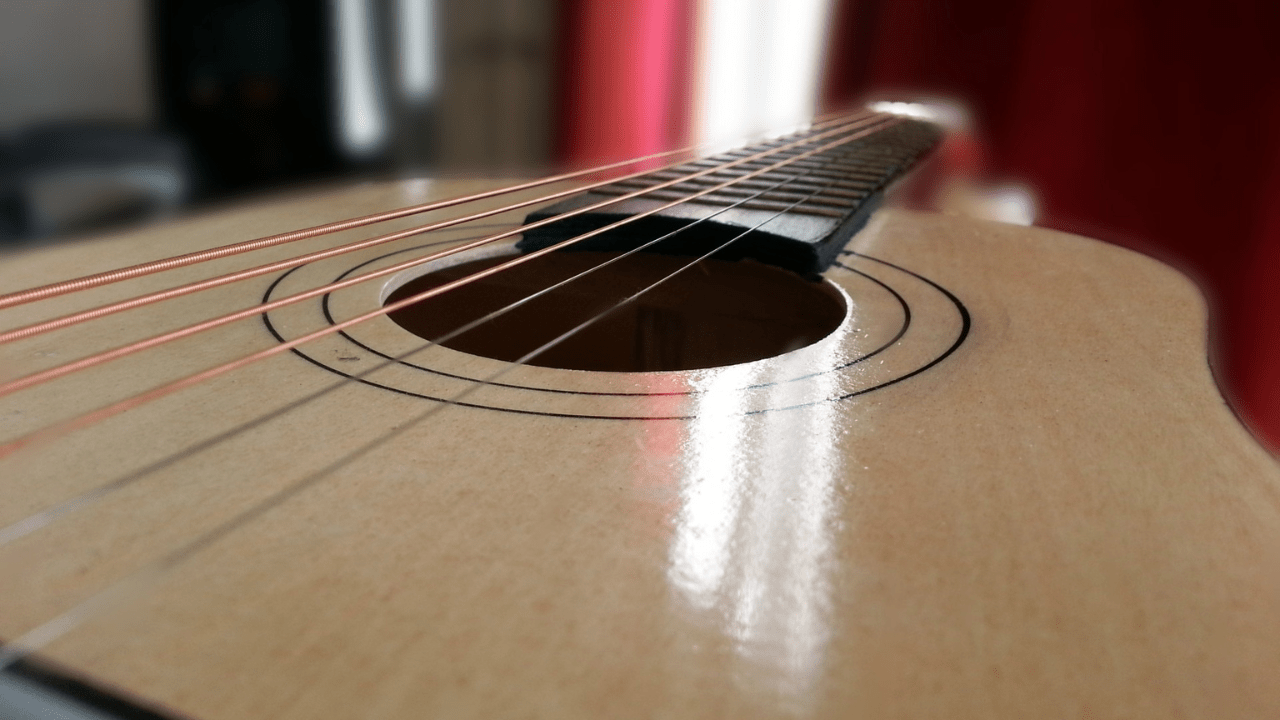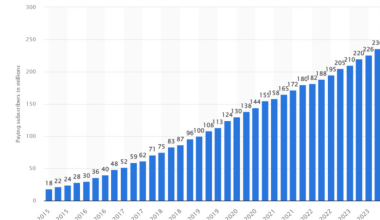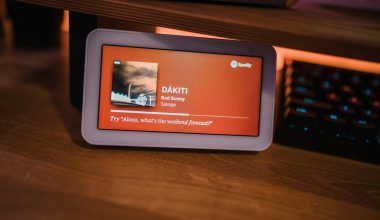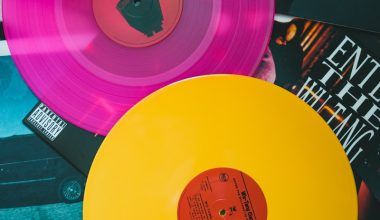The Punjabi music industry is full of energy, life, and culture. It’s not just music; it’s a celebration of emotions, stories, and traditions from Punjab, a region known for its rich cultural heritage. Over the years, Punjabi songs have become a global phenomenon, and today, you can hear Punjabi beats not just in India but everywhere—from clubs in New York to weddings in London.
This blog dives into the world of Punjabi music: its history, the latest trends, challenges, global reach, and what the future holds for this incredible industry.
Whether you’re a casual listener or an aspiring artist, Punjabi music offers something truly special. So, the next time you play a Punjabi track, remember the rich history and hard work that went into creating those beats that make you dance.
The Roots of Punjabi Music: Where It All Began
Punjabi music has been around for centuries. It started as folk music, where people sang about their daily lives, love, and bravery. The tunes were simple, and the lyrics told heartfelt stories. Whether it was during harvest festivals or weddings, music was always a big part of Punjabi culture.
Key Styles of Traditional Punjabi Music:
- Bhangra: The most famous dance form of Punjab, known for its energetic beats.
- Giddha: A traditional folk dance performed by women, filled with rhythmic claps and songs.
- Sufi Music: Deeply spiritual and emotional, popularized by legends like Nusrat Fateh Ali Khan.
These traditional forms laid the foundation for the vibrant Punjabi music industry we know today.
How Punjabi Music Became Popular Worldwide
For a long time, Punjabi music was limited to Punjab and neighboring regions. But in the 1980s and 1990s, something changed. Artists like Gurdas Maan, Daler Mehndi, and Bally Sagoo introduced Punjabi music to new audiences. Their catchy tunes and unique style caught on quickly, and suddenly, Punjabi beats were everywhere.
For example, artists like Guru Randhawa and Badshah have collaborated with global stars, making Punjabi music even more mainstream
Bollywood’s Role:
Bollywood played a huge role in making Punjabi music popular. Songs like “Tunak Tunak Tun” by Daler Mehndi and “Mundiyan To Bach Ke” became chartbusters, blending Punjabi beats with Hindi cinema’s mass appeal.
The Rise of Punjabi Artists Abroad:
Punjabi artists like Jazzy B, Apache Indian, and later, Sidhu Moosewala started creating music for global audiences. These artists blended Punjabi lyrics with international styles like Hip-Hop, Reggaeton, and EDM, giving the world a taste of Punjabi swag.
For example, artists like Guru Randhawa and Badshah have collaborated with global stars, making Punjabi music even more mainstream.
The New Wave: Modern Punjabi Music Trends
The Punjabi music industry has come a long way from its folk roots. Today, it’s a mix of old and new, and every song has something for everyone.
1. Fusion of Traditional and Modern Sounds
Modern Punjabi songs often combine traditional instruments like the dhol with electronic beats. Artists like AP Dhillon and Diljit Dosanjh are masters of this blend, creating tracks that appeal to both rural and urban audiences.
2. Independent Artists Leading the Way
Platforms like YouTube, Spotify, and Instagram have made it easier for independent artists to reach global audiences. Many artists no longer rely on big music labels and instead create, produce, and market their songs themselves.
3. Cross-Border Collaborations
Punjabi artists are teaming up with international musicians to create hits. For example, artists like Guru Randhawa and Badshah have collaborated with global stars, making Punjabi music even more mainstream.
4. Music for Every Mood
From party anthems like “Brown Munde” to soulful tracks like “Do Gallan,” Punjabi music caters to every mood. Whether you’re looking to dance or relax, there’s a Punjabi song for it.
Challenges Faced by the Punjabi Music Industry
Despite its success, the Punjabi music industry faces some significant challenges. These hurdles can affect both artists and fans.
1. Piracy
Piracy remains a major problem. Many songs are illegally downloaded or streamed, which means artists lose out on income.
2. Content Overload
Every week, hundreds of new Punjabi songs are released. While this gives listeners a lot of choices, it also makes it hard for artists to stand out.
3. Copyright Issues
Many artists struggle with copyright and royalty disputes. This can discourage creativity and fair competition.
. Artists like AP Dhillon and Diljit Dosanjh are masters of this blend, creating tracks that appeal to both rural and urban audiences.
4. Cultural Authenticity
As Punjabi music becomes more commercialized, there’s a risk of losing its cultural essence. Some traditionalists feel that modern Punjabi songs focus too much on glamour and not enough on storytelling.
Punjabi Music’s Global Reach
The Punjabi music industry is no longer just an Indian phenomenon. It has become a global movement. Punjabi songs are now topping charts on international platforms, and people of all cultures are grooving to them.
Despite facing criticism, he stayed true to his style and became a global icon.
Reasons Behind Global Popularity:
- Catchy Beats: Punjabi music is known for its upbeat and lively rhythm, which makes it perfect for parties and celebrations.
- Relatable Themes: Songs about love, heartbreak, and ambition connect with listeners worldwide.
- Social Media Impact: Platforms like TikTok and Instagram have made Punjabi songs go viral, introducing them to millions of new listeners.
Inspiring Stories of Punjabi Artists
The Punjabi music industry is full of inspiring stories of artists who followed their dreams and made it big. Here are a few examples:
1. Sidhu Moosewala
Starting as a lyricist, Sidhu Moosewala rose to fame with his unique voice and storytelling. Despite facing criticism, he stayed true to his style and became a global icon.
2. Diljit Dosanjh
From singing to acting, Diljit is a perfect example of versatility. His dedication and humility have made him one of the most loved Punjabi artists.
3. AP Dhillon
Known for hits like “Brown Munde,” AP Dhillon represents the new wave of Punjabi artists. His ability to connect with younger audiences has made him a household name.
Whether you’re a casual listener or an aspiring artist, Punjabi music offers something truly special. So, the next time you play a Punjabi track, remember the rich history and hard work that went into creating those beats that make you dance
How Aspiring Artists Can Succeed in the Punjabi Music Industry
If you dream of making it big in the Punjabi music industry, here are some tips to get started:
Platforms like Instagram, YouTube, and TikTok can help you reach a global audience without needing a big budget.
2. Invest in Quality
Good production quality can make a huge difference. Consider using professional tools like AI mastering to polish your tracks.
. Artists like AP Dhillon and Diljit Dosanjh are masters of this blend, creating tracks that appeal to both rural and urban audiences.
3. Collaborate
Work with other artists to expand your reach and learn from their experiences.
4. Stay Authentic
While experimenting with new styles is great, staying true to your roots can set you apart in a crowded industry.
The Future of Punjabi Music
The Punjabi music industry shows no signs of slowing down. Here’s what the future might look like:
1. More International Collaborations
As Punjabi artists gain global recognition, collaborations with international stars will become even more common.
2. AI and Technology
Tools like AI mastering and digital distribution platforms will make it easier for artists to create high-quality music.
3. Focus on Storytelling
As listeners crave deeper connections with music, artists may return to traditional storytelling in their lyrics.
Conclusion: Why Punjabi Music Will Always Shine
The Punjabi music industry is a treasure trove of culture, talent, and innovation. From its humble beginnings in folk music to its global domination today, it has come a long way. And while it faces challenges, its future looks bright thanks to its passionate artists and loyal fans.
Whether you’re a casual listener or an aspiring artist, Punjabi music offers something truly special. So, the next time you play a Punjabi track, remember the rich history and hard work that went into creating those beats that make you dance.
Related Articles:
For further reading, explore these related articles:
- How to Become a Successful Music Artist in India in 2024?
- Promo Cards on Spotify: A Game Changer for Artists
For additional resources on music marketing and distribution, visit Deliver My Tune.






